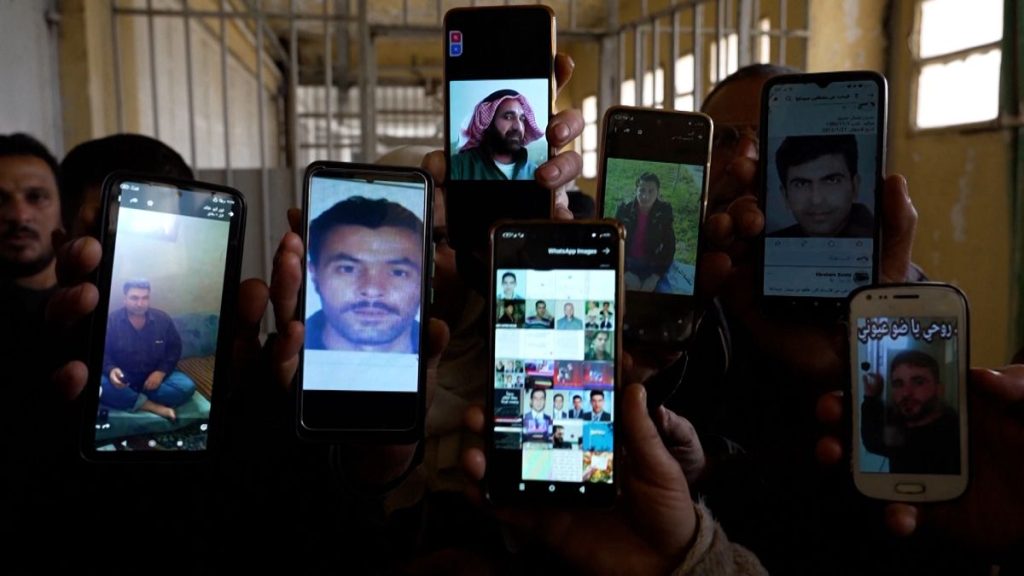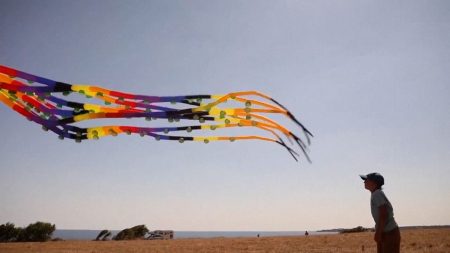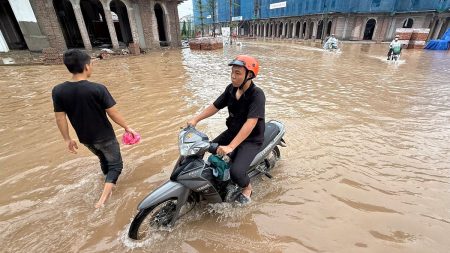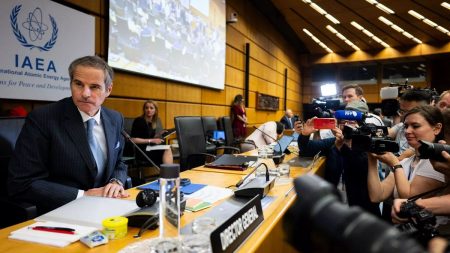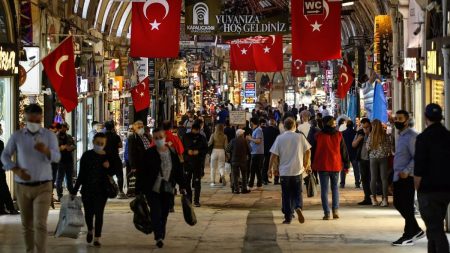Saydnaya Military Prison, located approximately 30 kilometers from Damascus, has become a chilling symbol of the brutal repression inflicted by the Assad regime during the Syrian conflict. Operating under a veil of secrecy, the prison’s walls concealed a systematic campaign of torture, extrajudicial executions, and unimaginable human rights abuses. Amnesty International estimates that between 2011 and 2016, as many as 13,000 individuals were extrajudicially executed within its confines. These executions represent only a fraction of the widespread atrocities committed against detainees, who were subjected to horrific torture methods, including beatings, electrocution, sexual assault, and even forced cannibalism. The scale and brutality of these crimes against humanity paint a stark picture of the regime’s disregard for human life and international law.
The systematic nature of the atrocities committed at Saydnaya suggests a deliberate policy orchestrated by the Assad regime to silence dissent and crush opposition. The sheer number of extrajudicial executions, coupled with the consistent reports of torture and inhumane treatment, strongly indicate a calculated strategy of repression rather than isolated incidents. The prison served as a clandestine instrument of terror, designed to instill fear and quell any resistance to the regime’s authority. The deliberate concealment of these crimes further underscores the regime’s intent to evade accountability and maintain its grip on power through brutal force.
The harrowing accounts of survivors who escaped Saydnaya’s clutches have provided a glimpse into the horrors endured within its walls. Their testimonies speak of a systematic dehumanization of prisoners, subjected to relentless physical and psychological torture, often leading to death. Overcrowded cells, rampant disease, and severe malnutrition exacerbated the suffering of detainees, who were deprived of basic human necessities. The psychological trauma inflicted by the constant threat of death and the witnessing of unspeakable acts of violence left deep scars on the survivors, who continue to grapple with the physical and emotional consequences of their ordeal.
The emergence of these horrifying testimonies and the growing evidence of the atrocities committed at Saydnaya have galvanized human rights organizations and international bodies to demand accountability. Amnesty International, Human Rights Watch, and other organizations have documented the systematic nature of the abuses and called for investigations into war crimes and crimes against humanity. These organizations are pushing for the prosecution of those responsible for the atrocities, including high-ranking officials within the Assad regime. The international community faces a critical juncture in its response to the Syrian crisis, with the pursuit of justice for the victims of Saydnaya becoming a crucial test of its commitment to human rights and international law.
As the Syrian conflict evolves, with rebel groups gaining control of certain areas, the fate of those imprisoned in Saydnaya and other detention facilities has become a focal point. Instances of rebel forces releasing prisoners have offered a glimmer of hope for those unjustly detained. In stark contrast, the guards who perpetrated the atrocities at Saydnaya remain at large, many of them considered among Syria’s most wanted fugitives. This dichotomy underscores the urgent need for international cooperation to apprehend and bring to justice those responsible for the crimes against humanity committed within the prison’s walls.
The survivors of Saydnaya and the families of those who perished within its walls now demand justice and accountability. Their calls for justice echo the broader demands of the Syrian people for an end to impunity and a transition towards a future where human rights are respected and protected. The international community has a moral obligation to support these demands and ensure that the perpetrators of these heinous crimes are held accountable. The pursuit of justice for the victims of Saydnaya is not only a matter of legal obligation but also a crucial step towards healing the deep wounds inflicted by the Syrian conflict and building a more just and peaceful future for Syria.




